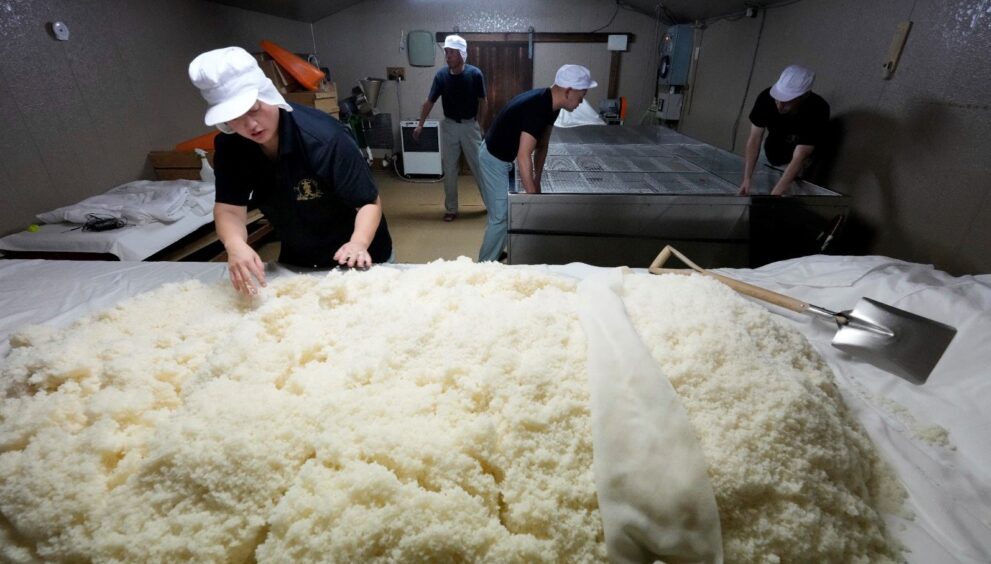Rice crisis in Japan: Panic of scarcity emerges

Despite the release of approximately 210,000 tons of emergency rice reserves in February, rice prices in Japan continue to rise rapidly. The traditional production of rice, which holds a significant place in Japan’s cuisine, has been adversely affected in recent times due to climatic events and natural disasters. In response to the decrease in production causing rising prices, the Tokyo government released around 210,000 tons of emergency rice reserves to balance prices in February. Reports in the national media indicate that despite this move by the government, rice prices are still on the rise throughout the country. It is estimated that the perception of a “rice shortage” and high wholesale prices are hindering a price decrease, despite the government’s efforts to increase supply in the market. According to government data, the average price of a 60-kilogram bag has increased by 55 percent from two years ago, reaching $160.
“INSUFFICIENT STOCKS” Hattori Jun, the owner of a rice shop in business for about a century, stated in an interview with state television NHK that they have been unable to benefit from the product released into the market and that their stocks are insufficient. Hattori expressed that complaints about the high rice prices are daily occurrences, mentioning that prices in his shop have surged to 3.5 times the pre-scarcity average. He noted that all shops continue to raise prices and that the variety of rice types being sold has decreased. The Japanese government had previously released 40,000 tons of emergency rice reserves after the 2011 earthquake and approximately 90,000 tons after the 2016 earthquake.






















































































































































































































































































































































































































































































































































































































































































































































































































































































































































































































































































































































































































































































































































































































































































































































































































































































































































































































































































































































































































































































































































































































































































































































































































































































































































































































































































































































